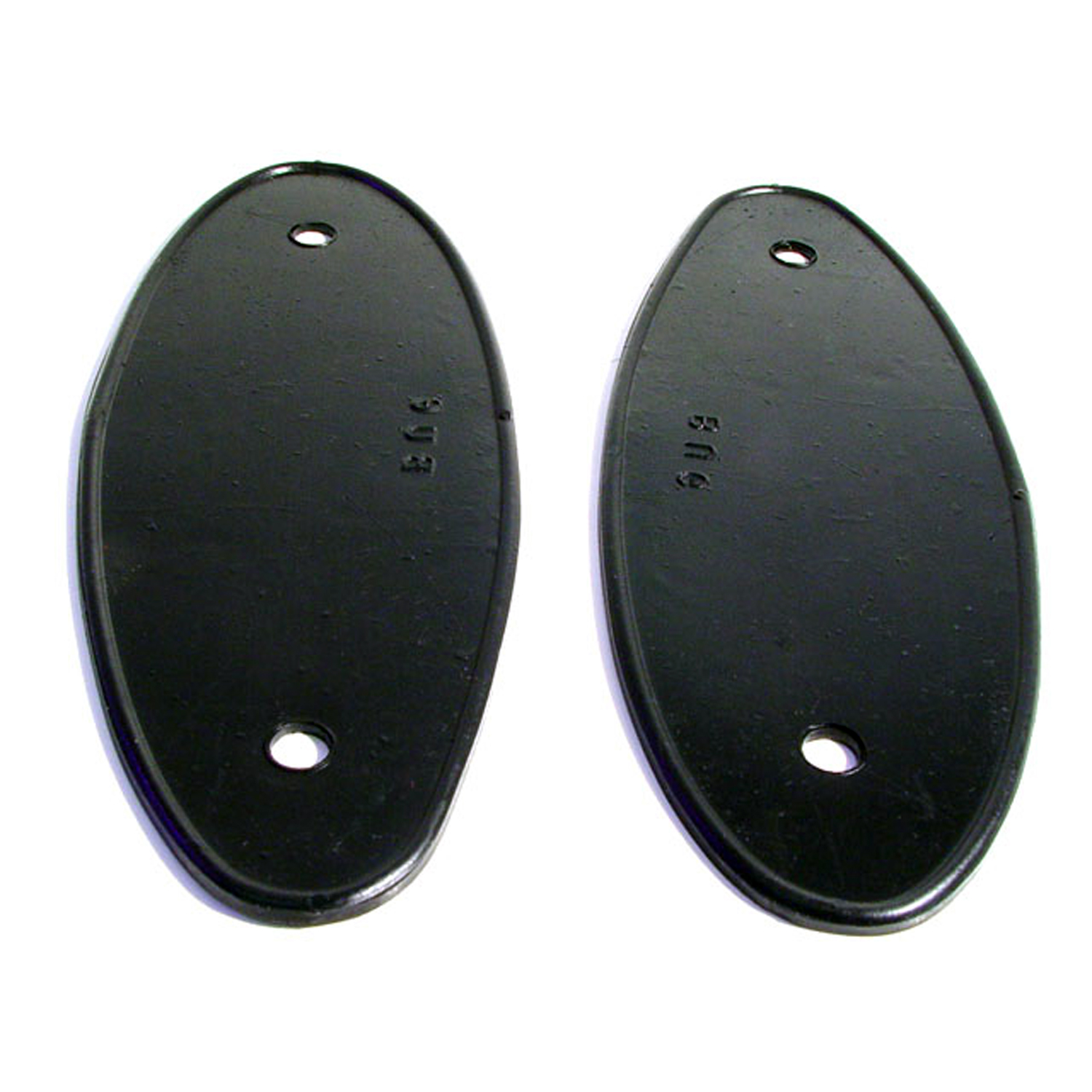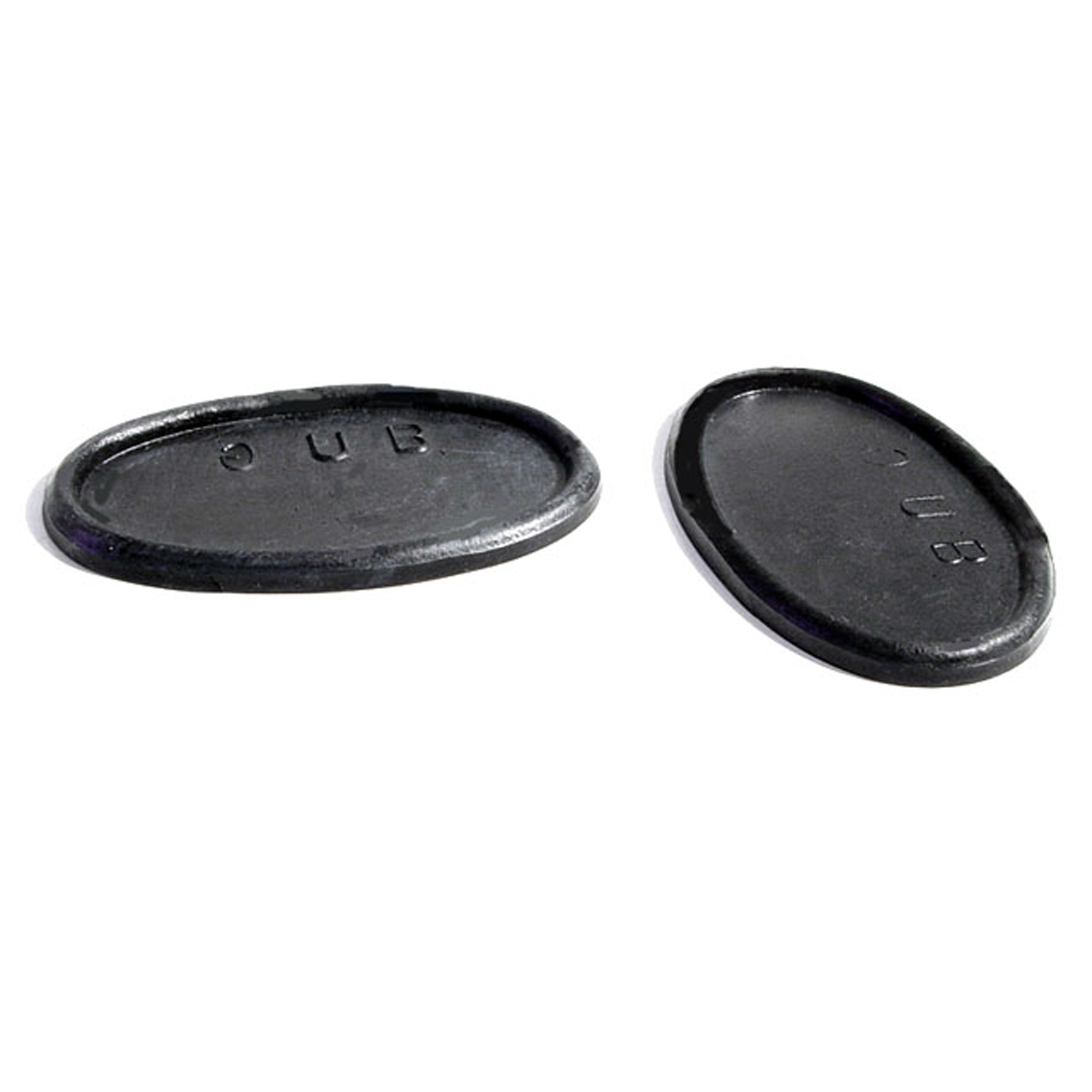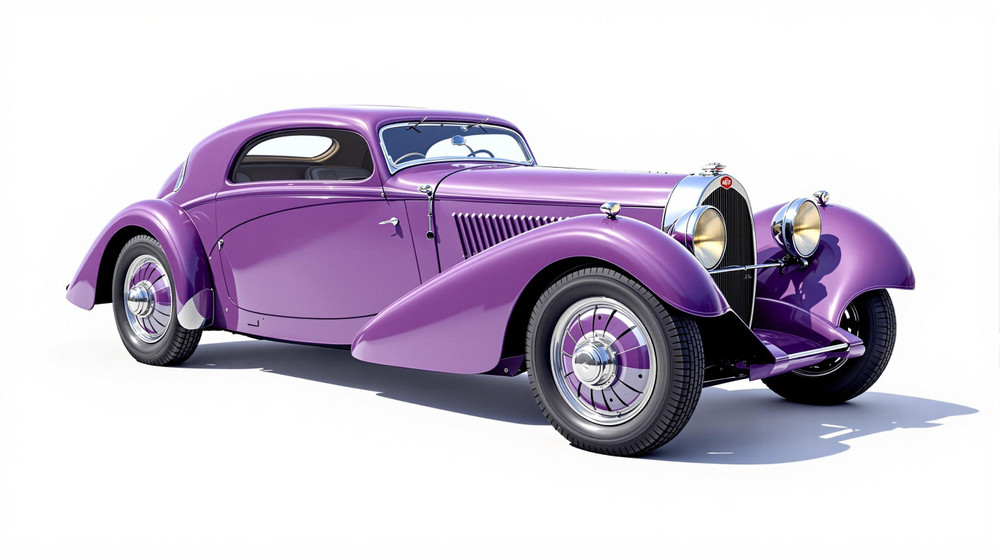Image of 1930 Bugatti Type 43, Note: These illustrations use artistic license and may differ from actual historical models.
Performance Metrics
Fundamental Metrics
Emotional Appeal
MMP Rating
| Engine Specifications | |
|---|---|
| Engine: | Straight 8 |
| Displacement: | 2.3 L |
| Horsepower: | 120 HP |
| Torque: | Not available |
| Compression Ratio: | Not available |
| Ignition System: | Magneto ignition |
| Cooling System: | Water-cooled |
| Performance Specifications | |
| 0-60 Time: | Not available |
| 1/4 Mile Time: | Not available |
| Top Speed: | 110 mph |
| Transmission and Drive | |
| Drive Type: | Rear-wheel drive |
| Transmission Type: | 4-speed manual |
| Fuel and Efficiency | |
| Fuel System Type: | Carburetor |
| MPG: | Not available |
| Dimensions and Brakes | |
| Brakes: | Cable-operated drum brakes |
| Wheelbase: | 2,600 mm |
| Weight: | 1,000 kg |
Note: Specifications for classic cars are given to the best of our ability, considering the limited and variant data available.
Unveiling the Grandeur of the 1930 Bugatti Type 43
In an era where automotive excellence was synonymous with art, the 1930 Bugatti Type 43 emerged as a masterpiece on wheels. Crafted by the legendary Ettore Bugatti, this vehicle is a testament to the brand's commitment to performance and luxury. Born in Molsheim, France, the Type 43 was a natural evolution of Bugatti's racing pedigree, infused with road-going sophistication. Its historical significance is punctuated by its rarity and the fact that it was one of the first road cars capable of exceeding 100 mph - a feat that etched its name into the annals of automotive history.
Design and Innovation
The exterior of the Type 43 is a visual symphony of flowing lines and elegant proportions. Its long bonnet, crowned with a horseshoe grille, and sensuous fenders encapsulate the romance of pre-war design. The interior exudes an air of bespoke craftsmanship, with materials that were the preserve of luxury in its day – fine leathers and polished woods. Technologically, it boasted innovations like alloy wheels and cable-operated brakes. While color options ranged from rich blues to deep reds, it was the French Racing Blue that became emblematic of Bugattis. Amongst its body styles, the Grand Sport variant with its drop-top design remains an icon of vintage motoring allure.
Historical Significance
The Type 43's impact on automotive design cannot be overstated; it bridged the gap between track and street with unparalleled grace. It introduced race-bred technology to a clientele that demanded both performance and elegance. This car set itself apart with its supercharged eight-cylinder engine - a marvel in an era when such engineering was reserved for aviation and racing machines.
Performance and Handling
On the road, the Type 43 delivered exhilarating performance: a top speed of around 110 mph and spirited acceleration that could challenge modern perceptions of quickness. Handling was precise for its time, though contemporary drivers would note its firm ride over imperfections. Behind the wheel, one would experience a symphony of mechanical sounds from the supercharged engine – a reminder that this machine was bred from Bugatti's victorious racers.
Ownership Experience
The Type 43 was more than just a showpiece; it was built for those who desired to experience speed in utmost style. Ownership demanded mechanical sympathy and deep pockets for maintenance, but it rewarded drivers with an unmatched pedigree on both road and track. Reliability was typical for high-performance machines of its day – requiring expert hands for upkeep.
Fun Facts
Amongst automotive circles, the Type 43 is known for its appearances at prestigious events like the Monaco Grand Prix in period attire. While not without its quirks – such as a challenging four-speed gearbox – it has graced collections worldwide, including those owned by royalty and celebrities alike.
Collector's Information
With only approximately 160 units produced, ownership today is both rarefied and coveted. The value range for a well-preserved or expertly restored Type 43 can stretch into seven figures, reflecting both its scarcity and desirability among collectors. As an investment piece, it has shown appreciation over time due to its iconic status within Bugatti's storied lineage.
Conclusion
The 1930 Bugatti Type 43 stands as a monument to an age where automobiles were emerging as more than mere transportation; they were statements of technological prowess and artistic expression. Its legacy endures not just in museums or private collections but in every modern vehicle that claims both speed and beauty as its birthright.
1930 Bugatti Type 43 Catalog of Parts
 1930 Bugatti Type 43 Headlight Pads. 3" wide X 8-1/8" long. Pair-MP 337-AHeadlight Pads. 3" wide X 8-1/8" long. Pair
1930 Bugatti Type 43 Headlight Pads. 3" wide X 8-1/8" long. Pair-MP 337-AHeadlight Pads. 3" wide X 8-1/8" long. Pair 1930 Bugatti Type 43 Door Handle Pads. 1-3/8" wide X 2-1/4" long. Pair-MP 337-BDoor Handle Pads. 1-3/8" wide X 2-1/4" long. Pair
1930 Bugatti Type 43 Door Handle Pads. 1-3/8" wide X 2-1/4" long. Pair-MP 337-BDoor Handle Pads. 1-3/8" wide X 2-1/4" long. PairWhy Choose Metro?
For over 100 years, Metro Moulded Parts has been the pinnacle of quality in classic car restoration parts. Our commitment to precision and authenticity in every component ensures a perfect fit and an OEM-level appearance.
- Expert Craftsmanship & Quality: Each part is a testament to our dedication to reliability and perfection, crafted from original designs and thoroughly tested.
- Advanced Technology: We use cutting-edge techniques to create flawless, long-lasting parts that surpass others in performance.
- SuperSoft Sponge – The Ultimate Door Seal: Not only are our door seals 30% softer than competitors', but they're also guaranteed to never leak. They effectively reduce wind and road noise, enhancing your classic car's comfort and driving experience.
- Proudly American: Our parts are a product of American craftsmanship, made in the USA with a spirit of excellence and heritage.
- Unrivaled Warranty: We back our products with a 30-year industry-leading warranty, a testament to our confidence in their quality.
Join us in preserving the legacy of classic cars with parts that are crafted for perfection, not just made.

